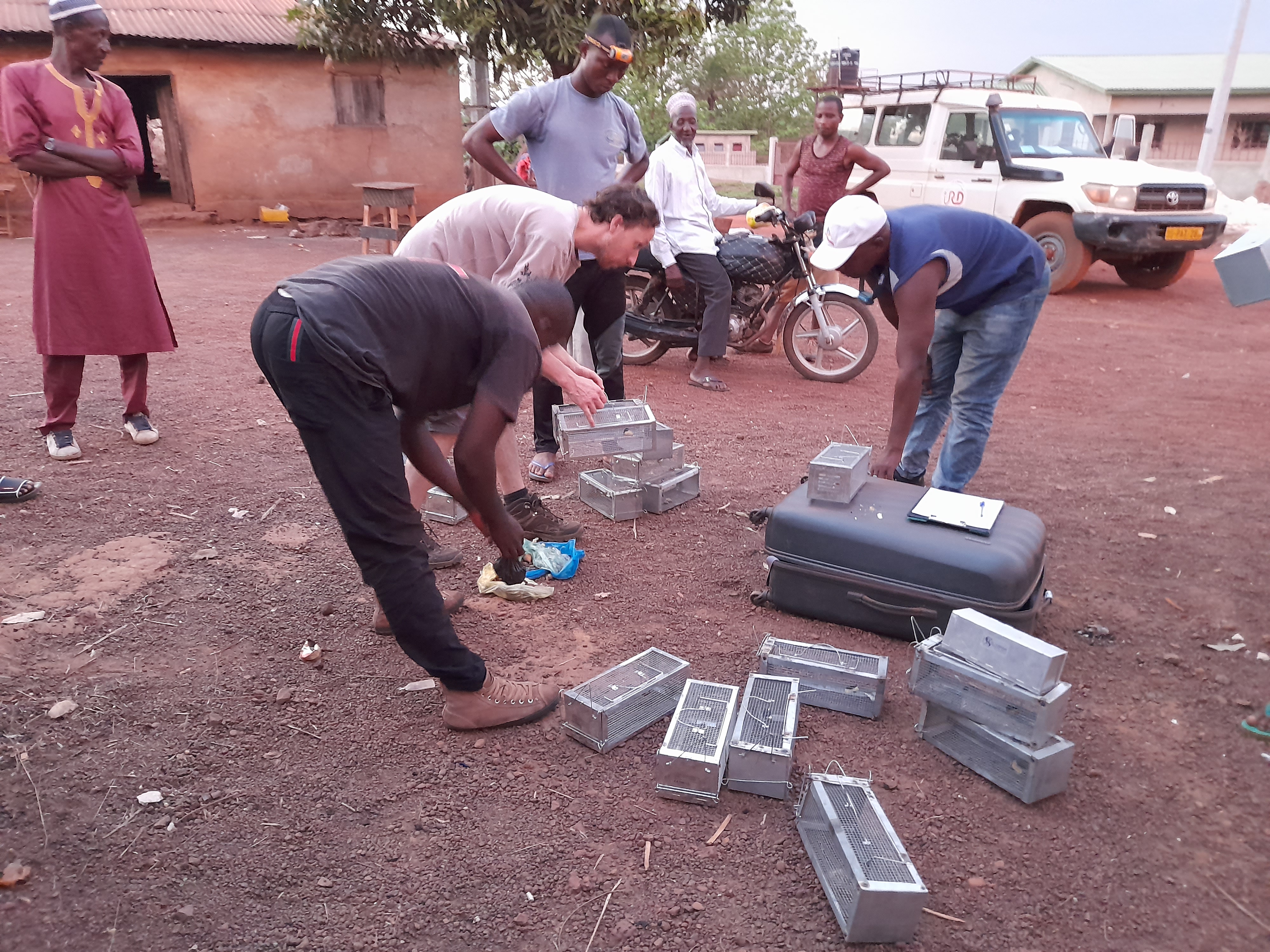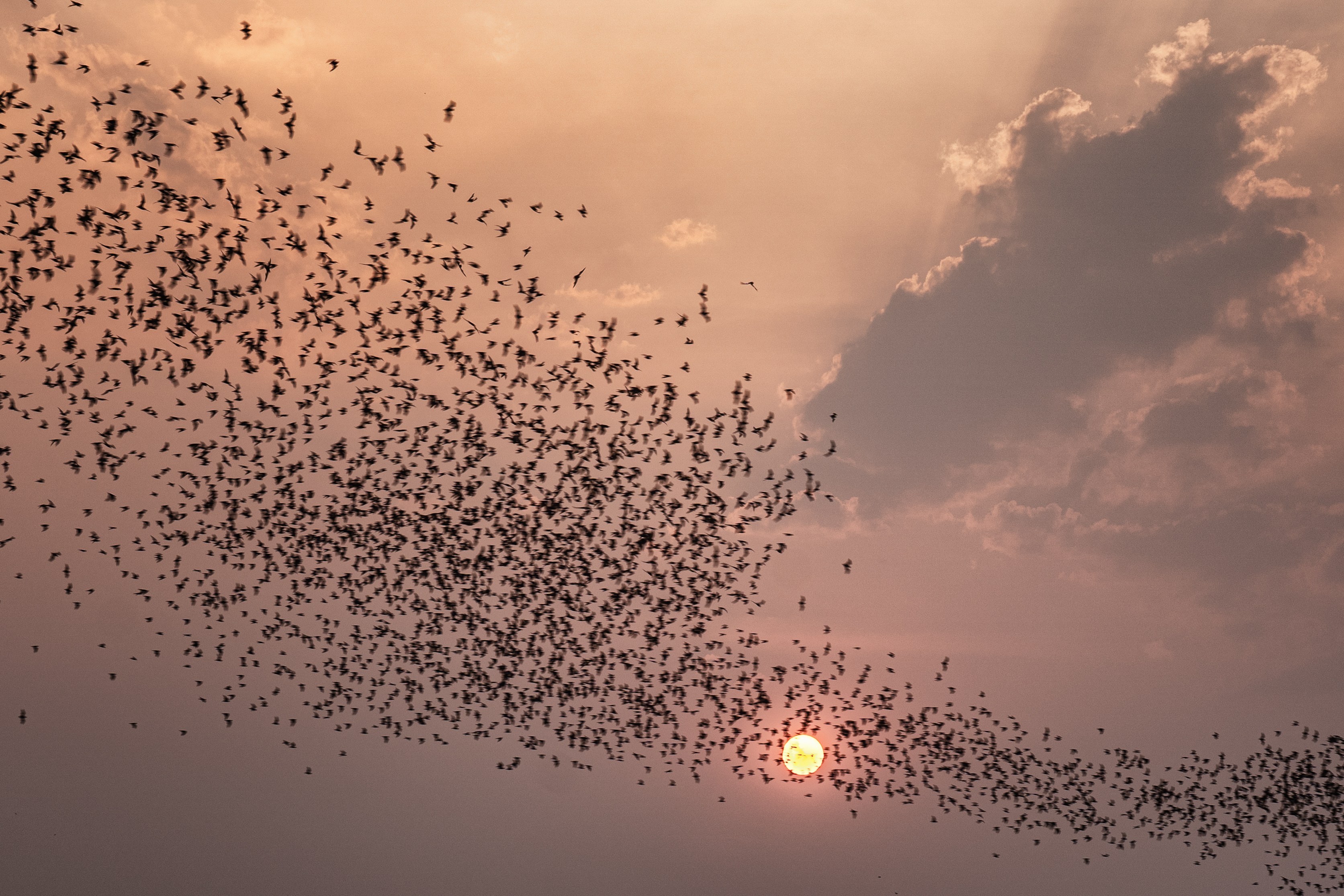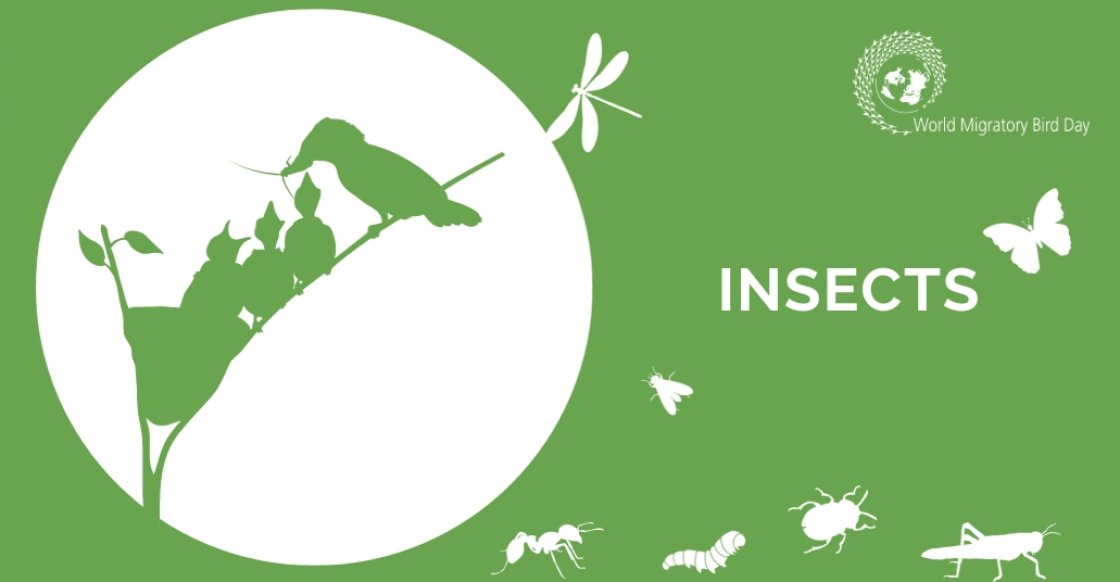Journal of BCOMING's Field Mission in Guinea: Part 2
Mission Progress in Macenta (Sérédou)
Our journey from N'Zérékoré to Macenta led us to the Prefect's residence, where we completed administrative formalities. With the Deputy Prefectural Director of Agriculture and Livestock, we met community representatives at a workshop organized by Fauna et Flora Internationale. Despite the absence of local authorities due to a training course, we received encouragement for our wildlife monitoring efforts.

Setting Up Camp and Site Survey In Sérédou, the team established a campsite at the Ministry of Territorial Administration's training center. Guided by the agricultural adviser and a nature conservationist, we surveyed potential trapping sites, including a deforested area, a cocoa plantation, and houses identified by the agricultural advisor. The evening was spent preparing for the upcoming trap laying.
Capturing Rodents For three days, our focus shifted to capturing rodents in Sérédou. With consent from nature conservationists and villagers, we strategically placed 95 traps in various locations. Baited with sweet potatoes, bananas, and other food items, the traps were set between 4:30 PM and 8:00 PM. The following morning, traps were collected and checked for any captures or malfunctions.
Trap Collection and Release All traps were meticulously checked for captures or malfunctions each morning. Rodents caught in houses were euthanized as per protocol, while those caught in forest areas were released at the capture site. Rodents unfit for survival were euthanized, and their organs were removed for analysis. In total, 32 rodents and two shrews were captured and collected during the three nights of trapping.
Our mission in Macenta marks significant progress in our research efforts to understand the biodiversity and disease transmission dynamics in Guinea's forests. Stay tuned for more updates as we continue our fieldwork in the coming days!
Stay tuned for the next installment of our journal as we continue our field mission in Guinea!
You can access the full mission report in French here.



